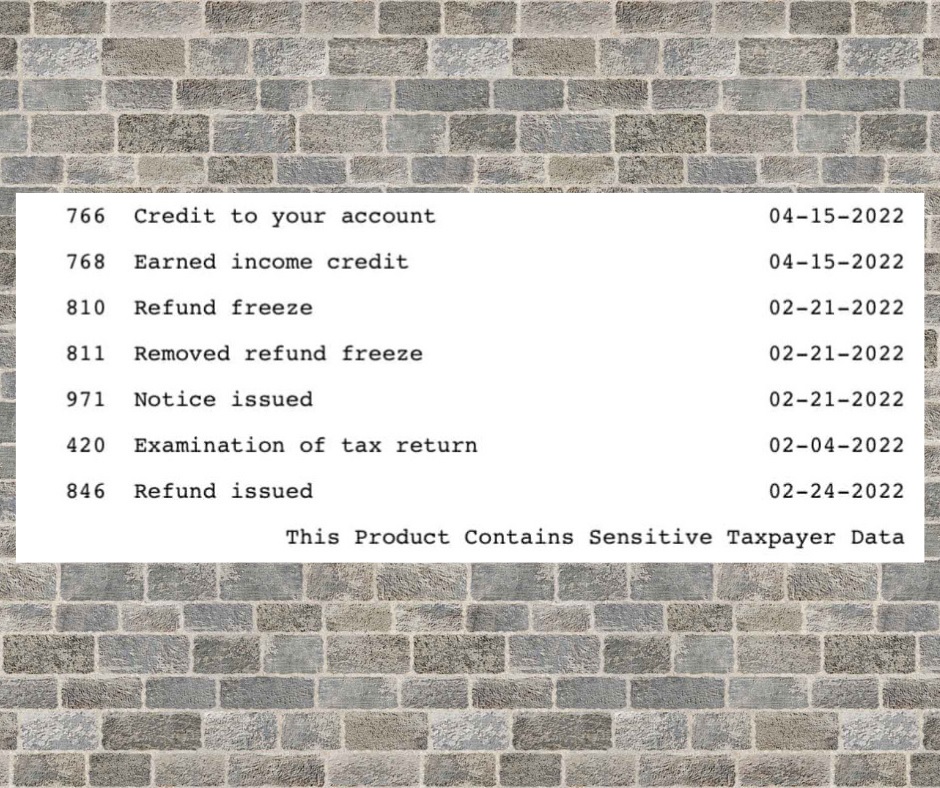
Tax season can be a stressful time for many individuals and businesses. It’s not just about filing your taxes; it’s also about understanding the various codes and messages that the IRS sends you. One such code that often raises questions is “IRS Transcript Code 420 – Examination of Tax Return” In this blog post, we’ll break down this code, explain its meaning, and provide insights into what you should do if you receive it.
What is IRS Transcript Code 420?
IRS Transcript Code 420 is a code that appears on your IRS transcript when the IRS initiates an examination or audit of your tax return. This code is essentially a notification that your tax return has been selected for closer scrutiny by the IRS, and they are requesting additional documentation or information to verify the accuracy of the information you reported on your return.
Understanding the Meaning of Transcript Code 420
When you see Transcript Code 420 on your IRS transcript, it’s important to understand its implications:
- Examination Initiation: Transcript Code 420 indicates that the IRS has officially initiated an examination or audit of your tax return. This means that the IRS will review your return more thoroughly to ensure that your reported income, deductions, and credits are accurate and in compliance with tax laws.
- Documentation Request: The IRS may request additional documentation or information from you to support the items on your tax return that are under examination. This could include things like receipts, invoices, bank statements, or any other relevant records.
- Potential Issues: The IRS typically selects tax returns for examination when they identify potential discrepancies, errors, or inconsistencies in the information provided. It could be due to discrepancies in reported income, deductions that appear unusual, or red flags that trigger further investigation.
- Notification: Receiving Transcript Code 420 on your transcript serves as an official notice that the IRS is reviewing your return. It’s essential to take this notification seriously and respond promptly to any requests for documentation or information.
What to Do If You Receive Transcript Code 420
If you receive IRS Transcript Code 420, here are the steps you should take:
- Review the Notice: Carefully review any correspondence or notices from the IRS regarding the examination. It will typically provide details about what specific items on your return are being examined and what documentation or information is required.
- Gather Documentation: Collect all the requested documents and information promptly. Ensure that you provide accurate and complete records to support the items under examination.
- Seek Professional Assistance: If you’re unsure about how to respond or have concerns about the examination, consider seeking help from a tax professional, such as a certified public accountant (CPA) or tax attorney. They can guide you through the process and represent your interests before the IRS.
- Respond Timely: It’s crucial to respond to the IRS’s requests within the specified timeframe mentioned in the notice. Failing to do so can result in penalties or further action by the IRS.
- Stay Informed: Keep track of the progress of the examination and maintain open communication with the IRS or your tax professional. Address any additional requests promptly and accurately.
Receiving IRS Transcript Code 420 – Examination of Tax Return can be unsettling, but it’s essential to approach it methodically and respond promptly and accurately. Understanding the meaning behind the code and taking the appropriate steps can help you navigate the examination process effectively. Remember that seeking professional guidance can provide you with valuable support and ensure that you address any issues with your tax return correctly.

